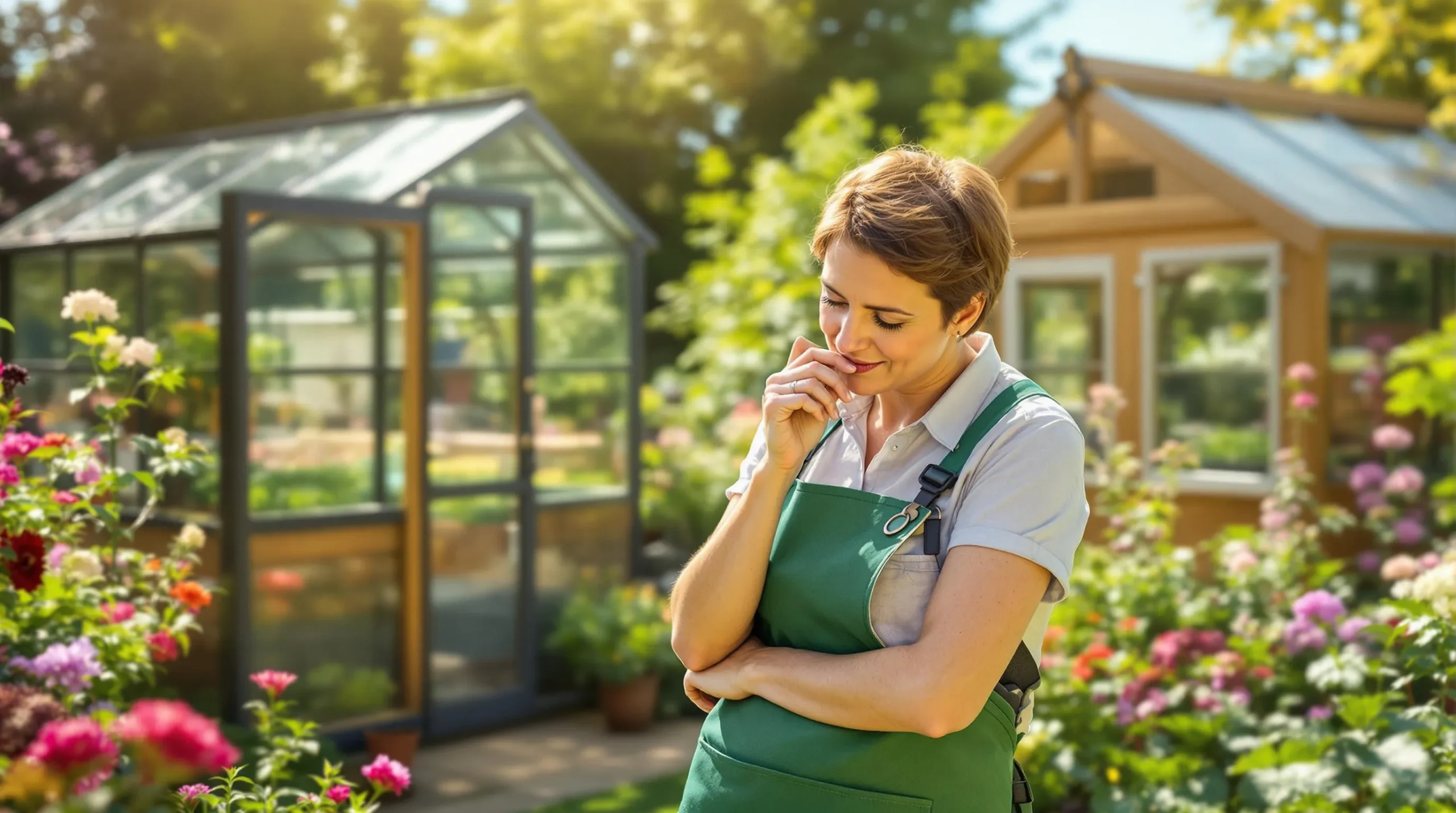
How to Choose Your First Greenhouse: A Complete Beginner’s Guide for 2025
Learn how to choose your perfect first greenhouse with our expert guide. Discover size, materials, and features to extend your growing season by 2-3 months.
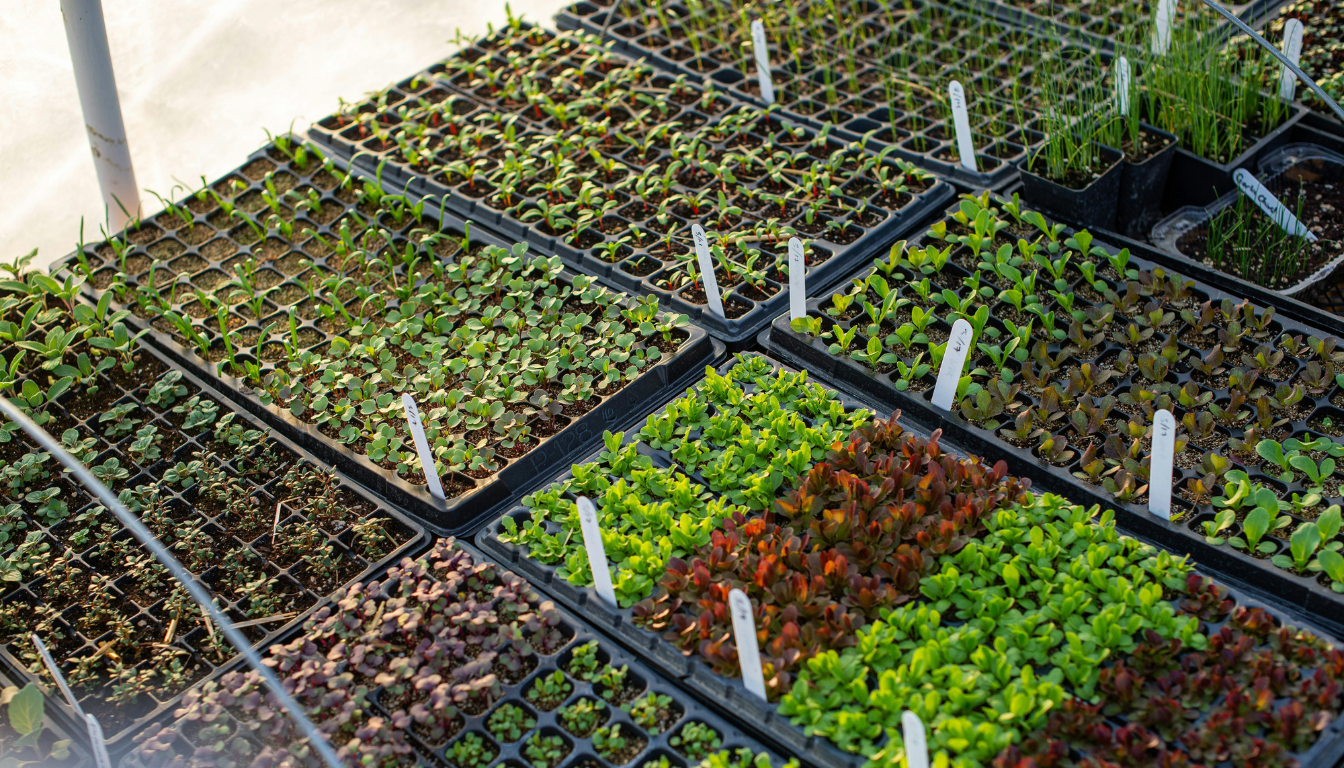
Growing your own fresh produce year-round isn’t just a dream – it’s entirely possible with a polycarbonate greenhouse. These innovative structures let in up to 90% natural light while providing essential protection from harsh weather conditions, making them ideal for both amateur and professional growers.
You’ll find polycarbonate greenhouses particularly appealing if you’re looking for a sustainable, cost-effective growing solution. The twin-wall panels efficiently diffuse light throughout the space while shielding your plants from harmful UV rays, creating the perfect environment for consistent growth regardless of the season.
Polycarbonate greenhouses transform growing spaces into controlled environments for year-round cultivation. They use advanced materials with practical design features to create optimal growing conditions.
Polycarbonate panels provide superior light diffusion compared to traditional glass structures. The twin-wall construction spreads sunlight evenly throughout the greenhouse, preventing hot spots that can damage plants. This diffused light creates uniform growing conditions for all plants regardless of their position.
Key thermal benefits include:
Polycarbonate greenhouses offer enhanced structural integrity for year-round protection. The materials resist impact from:
Safety advantages include:
| Feature Comparison | Polycarbonate | Traditional Glass |
|---|---|---|
| Light Transmission | 90% | 85% |
| Heat Retention | High | Medium |
| Impact Resistance | Excellent | Poor |
| UV Protection | Built-in | None |
| Maintenance Cost | Low | High |
The combination of durability and safety features makes polycarbonate greenhouses practical for continuous growing operations in various weather conditions.
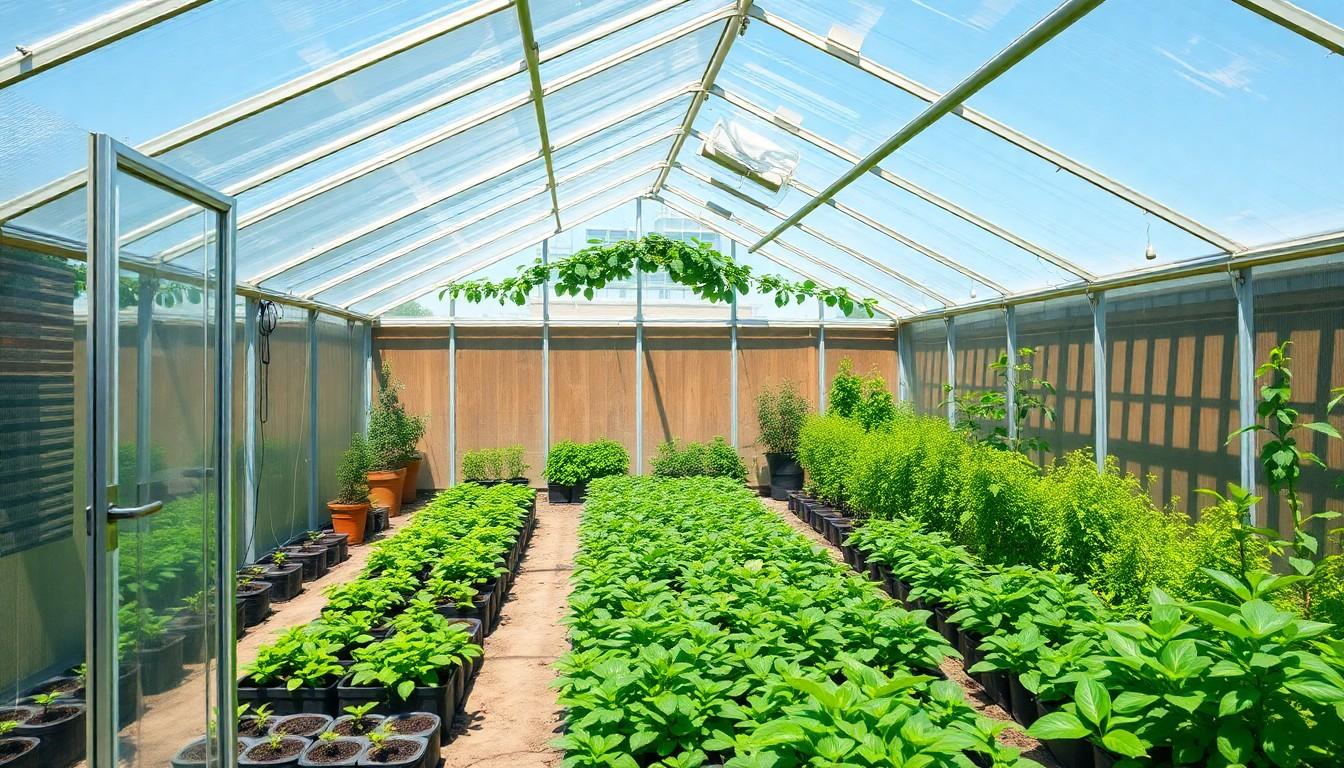
A polycarbonate greenhouse ensures the best growing conditions through careful placement and controlled environmental settings.Here’s how to maximise your growing potential:
The orientation of your greenhouse affects solar radiation transmission and plant growth efficiency. For locations above 40°N latitude, position your greenhouse in an east-west direction to:
For locations below 40°N latitude, a north-south orientation provides:
Maintaining consistent temperatures optimises plant growth in polycarbonate greenhouses. Essential components include:
Heating Options:
Ventilation Elements:
| Temperature Requirements | Day (°C) | Night (°C) |
|---|---|---|
| Seedlings | 21-24 | 18-21 |
| Growing Plants | 18-30 | 16-18 |
| Winter Minimum | 10 | 7 |
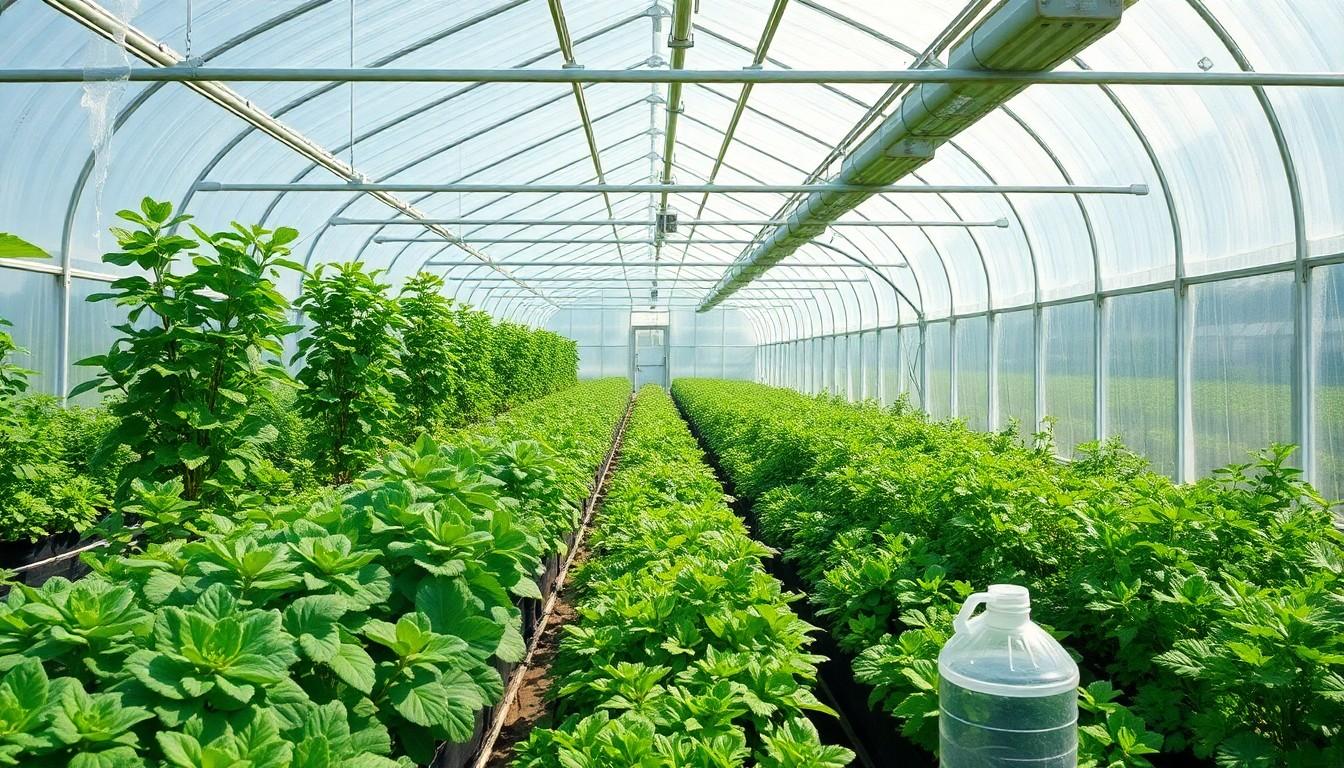
Keeping a polycarbonate greenhouse in ideal condition supports healthy plant growth year-round. Proper temperature regulation, humidity control, and ventilation are essential for creating a thriving environment.
Temperature control varies by crop type season in polycarbonate greenhouses. Here’s a breakdown of ideal temperature ranges:
| Crop Category | Day Temperature | Night Temperature |
|---|---|---|
| Cool Season | 15-20°C | 10-12°C |
| Warm Season | 21-29°C | 16-18°C |
| Tropical | 27-32°C | 18-21°C |
Effective climate management techniques include:
Proper ventilation humidity management prevents plant diseases maintains healthy growth. Key aspects include:
Ventilation requirements:
Humidity management:
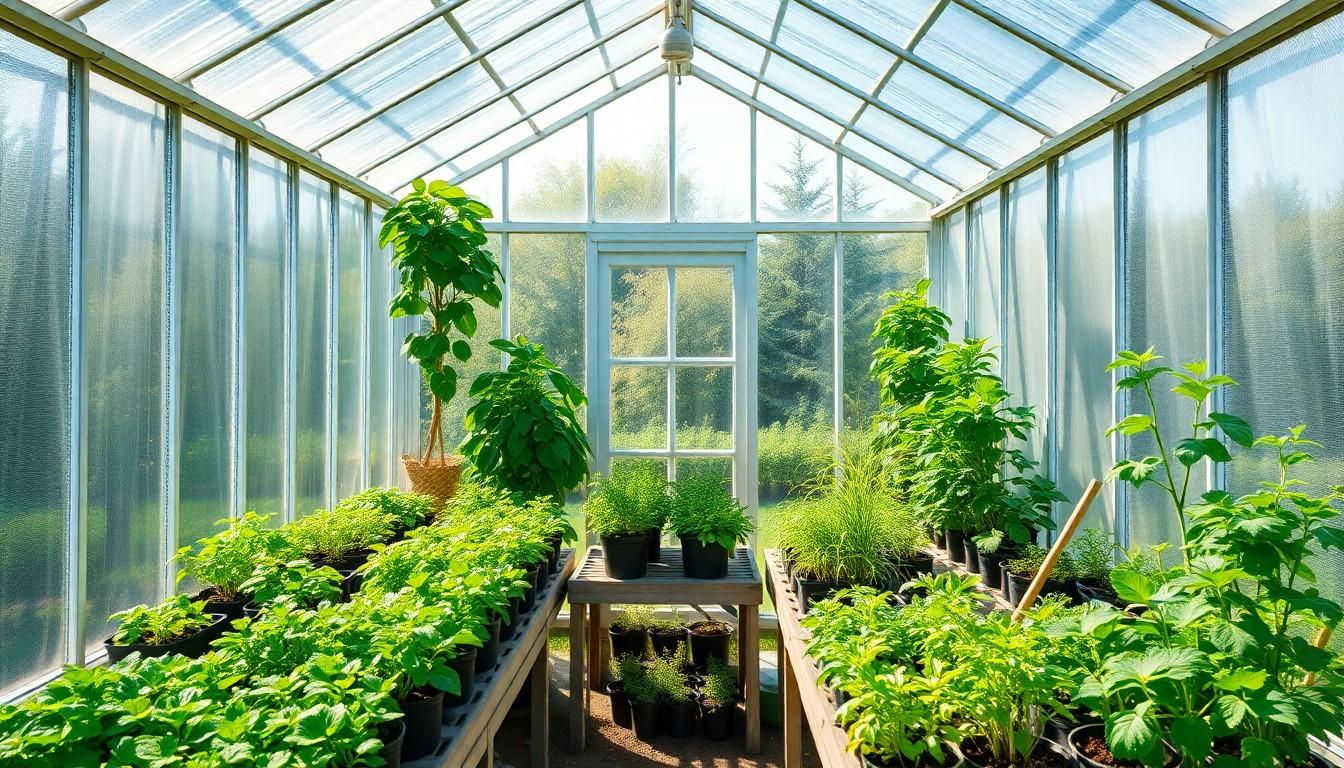
Successful year-round greenhouse growing requires specific crop selection for each season. This guide outlines optimal planting schedules and management strategies for continuous harvests throughout the year.
| Crop Type | Day Temperature | Night Temperature |
|---|---|---|
| Cool Season | 15-20°C | 10-12°C |
| Warm Season | 21-29°C | 16-18°C |
| Tropical | 27-32°C | 18-21°C |
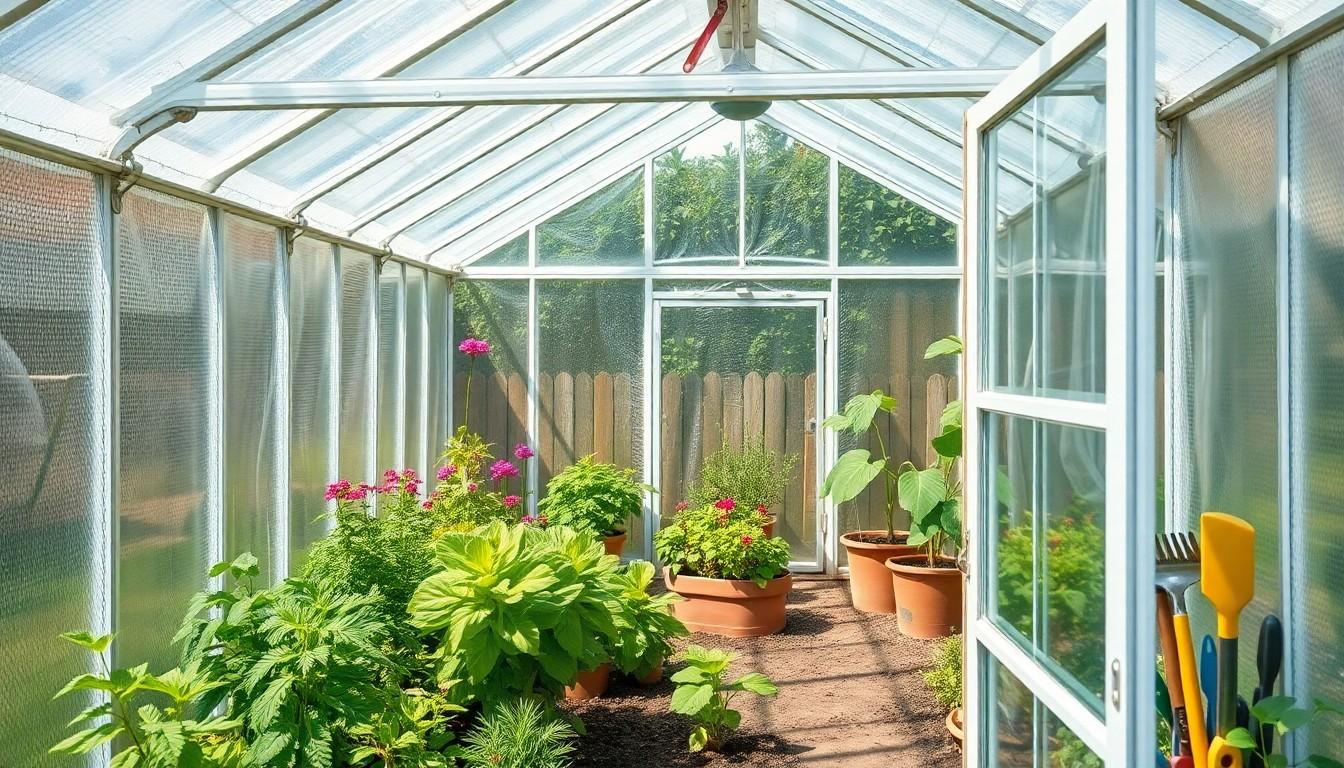
Effective maintenance of a polycarbonate greenhouse ensures optimal growing conditions year-round. Regular upkeep protects your investment and extends the greenhouse’s lifespan.
Polycarbonate greenhouses offer you an unmatched opportunity to grow fresh produce throughout the year. Their superior light diffusion thermal efficiency and durability make them an excellent investment for both hobbyist and professional growers.
With proper setup maintenance and climate control you’ll create an ideal growing environment that supports diverse crops across all seasons. The combination of UV protection better insulation and controlled ventilation ensures your plants thrive regardless of external weather conditions.
By following the seasonal growing guides and implementing recommended maintenance practices you’re well-equipped to enjoy abundant harvests from your polycarbonate greenhouse all year round.
Polycarbonate greenhouses allow up to 90% natural light transmission whilst protecting plants from harsh weather. They offer superior insulation, retaining 20% more heat than glass, and feature UV protection. Their twin-wall panels diffuse light evenly, preventing hot spots and creating ideal growing conditions year-round.
The ideal temperature varies by crop type but generally ranges between 18-24°C (65-75°F) for most plants. Seedlings prefer slightly warmer conditions of 21-26°C (70-80°F). During winter, maintain minimum temperatures of 7-10°C (45-50°F) to protect plants from frost damage.
For locations above 40°N latitude, position the greenhouse east-west to maximise winter radiation and reduce summer heat. Below 40°N latitude, a north-south orientation works better for consistent microclimatic conditions. Ensure good sunlight exposure and protection from strong winds.
Maintain humidity levels between 50-70% through proper ventilation and air circulation. Install automatic vent openers, use dehumidifiers when needed, and ensure adequate plant spacing. Create cross-ventilation by opening doors and vents during peak temperatures.
You can grow a wide variety of crops throughout the year. Spring/summer crops include tomatoes, peppers, and cucumbers. Autumn/winter crops include leafy greens, kale, and root vegetables. Plan your planting schedule according to seasonal temperature changes and light availability.
Regular maintenance includes cleaning panels, checking seals, and lubricating hinges. Install pest prevention measures like fine mesh screens and sticky traps. Add insulation during winter, secure panels properly, and ensure good ventilation. Regular inspection helps prevent potential issues.
Polycarbonate offers several advantages over glass: better insulation, superior light diffusion, impact resistance, and lighter weight. While it may have a shorter lifespan than glass, it’s more cost-effective, safer (being shatter-resistant), and provides better UV protection for plants.

Learn how to choose your perfect first greenhouse with our expert guide. Discover size, materials, and features to extend your growing season by 2-3 months.
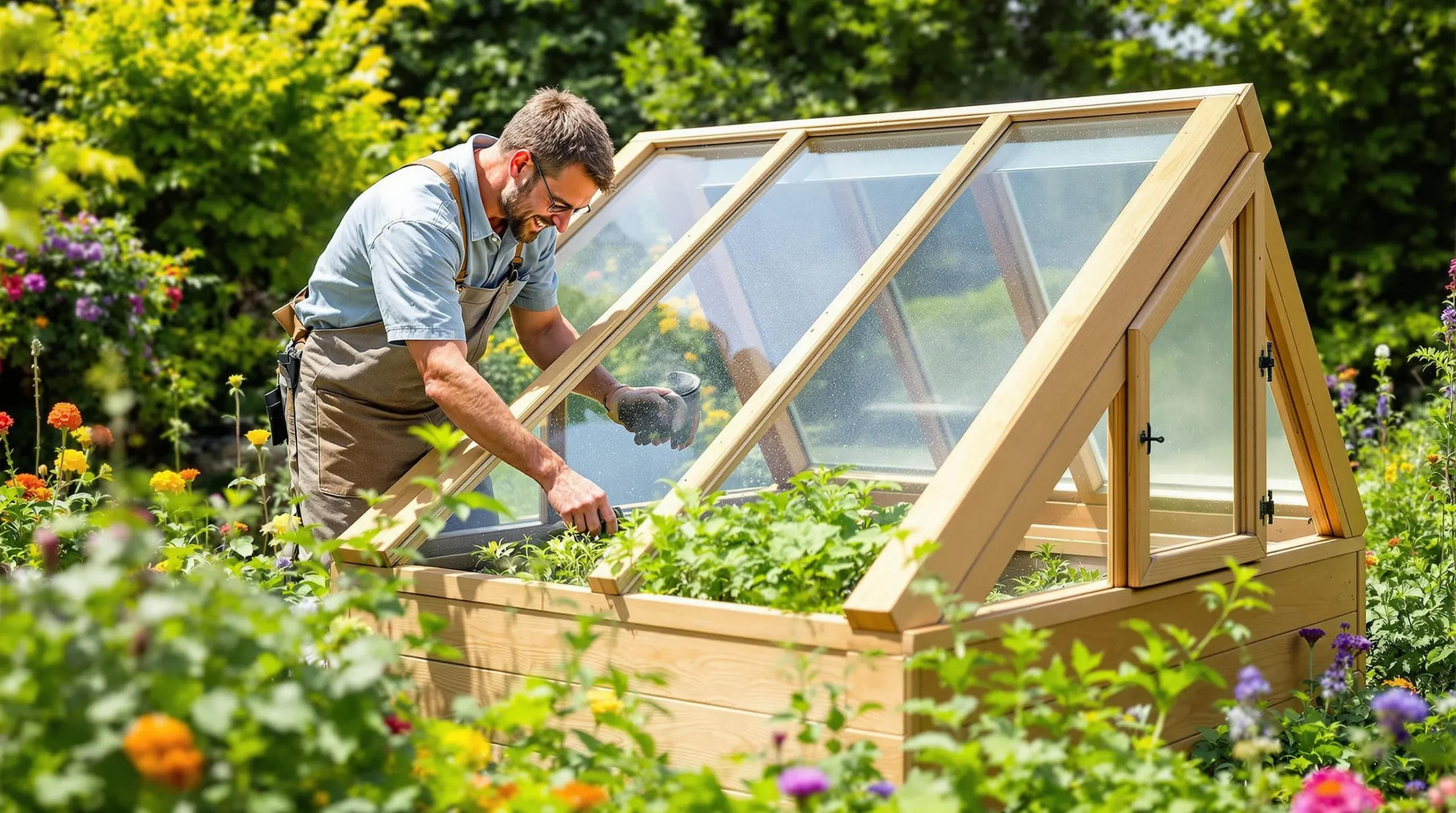
Learn how to make a cold frame to extend your growing season, protect plants in winter, and grow seedlings all year. Simple, cost-effective, and DIY-friendly!